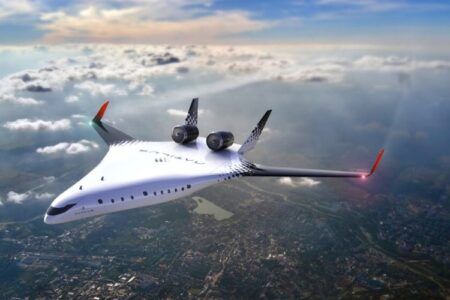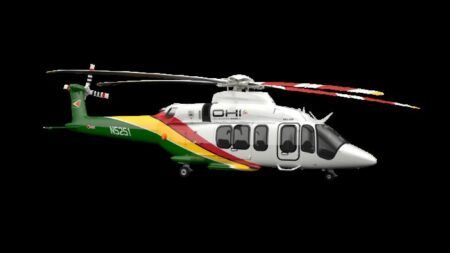Two F-35C Lightning II carrier variants conducted their first arrested landings aboard USS Dwight D Eisenhower (CVN 69) off the coast of the eastern United States on October 2, 2015.
US Navy test pilots Commander Tony ‘Brick’ Wilson and Lieutenant Chris ‘TJ’ Karapostoles landed F-35C test aircraft CF-03 and CF-05, respectively, aboard USS Eisenhower’s flight deck. The arrested landing is part of the F-35’s two-week at-sea developmental testing (DT-II) phase.
The F-35C will perform a variety of operational maneuvers during DT-II – including catapult take-offs and arrested landings – while simulating maintenance operations and conducting general maintenance and fit tests for the aircraft and support equipment. Following the analysis of DT-II test data, the team will conduct a thorough assessment of the F-35C’s performance in the shipboard environment before advising the Navy on any adjustments necessary to ensure that the fifth-generation fighter is ready to meet its scheduled initial operating capability (IOC) in 2018.
“These sea trials will further expand the F-35C’s flight envelope,” said Lieutenant General Chris Bogdan, F-35 program executive officer. “Over the next few weeks we’ll learn more about what it takes to integrate next-generation fighters aboard aircraft carriers. The testing we’re doing today will prepare us for next year’s final at-sea developmental test and keep us on track to support the Navy’s 2018 initial operational capability date.”
DT-II is the second of three at-sea test phases planned for the F-35C. Naval aircraft undergo DT-I, -II and -III test phases in order to ensure the development of aircraft that meet specifications, and to identify mission critical issues sufficiently early in the test phase to deliver fully capable aircraft in time for their scheduled IOC.
During DT-I in 2014, the F-35 Lightning II conducted its inaugural arrested landings and catapult launches aboard USS Nimitz (CVN 68) on November 3. F-35C test pilots and engineers from the F-35 Lightning II Pax River Integrated Test Force (ITF) tested the suitability and integration of the aircraft with carrier air and deck operations in an at-sea environment on November 3-14, 2014. The F-35C achieved 100% of DT-I’s threshold test points three days early, as well as conducting night ops – an unheard of feat since the Navy’s F-4 era. Test pilots and engineers credited the F-35C’s Delta Flight Path (DFP) technology with significantly reducing pilot workload during the approach to the carrier, increasing safety margins during carrier approaches and reducing touchdown dispersion.
October 8, 2015




